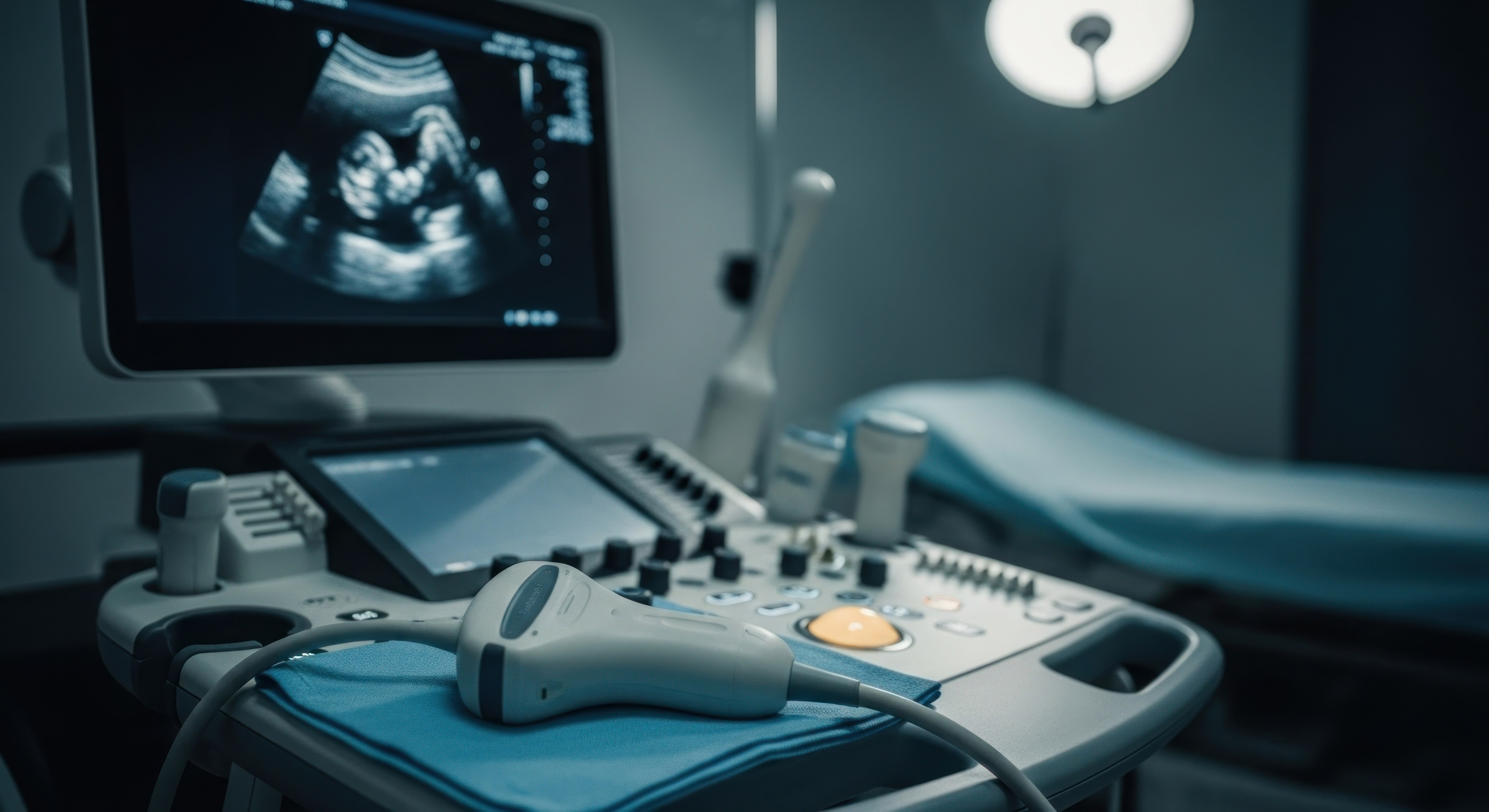How TEE Probes are Used in Cardiology
In addition to diagnosing problems within the digestive tract, transesophageal echocardiograms (called TEE) are used by cardiologists to view the structure and function of heart chambers and valves with the help of sound waves.
The images are produced by ultrasound transducers that can be guided through the mouth and deep into the esophagus to give doctors an internal view of the heart. These TEE probes provide much more detail than images taken from outside the chest, which must penetrate the ribcage.
TEE probes are used in doctor’s offices, cardiology labs, hospitals and emergency rooms to help diagnose problems with heart valves, blood clots, heart attacks, congenital defects, and more.
Preventing the Spread of Infection from TEE Probes
Because cardiac TEE probes are exposed to mucous membranes, they require high-level disinfection after each use. First, the probe must be pre-cleaned with water and a microfiber cloth, to remove any dirt or organic matter. Next, it must undergo disinfection to destroy any microbes, including bacteria and viruses. This two-step “reprocessing” is required to prevent spreading infectious diseases from patient to patient.
Challenges in Disinfecting TEE Probes
Until recently, disinfection of TEE probes has been performed either manually with chemicals and wipes or in an automated dishwasher-type machine. The sensitive components of the TEE probe cannot withstand high heat and pressure, so steam disinfection is not an option.
Complexity of Devices
These probes feature complex miniature parts, including a tiny acoustic lens and electronic connectors. This makes thorough cleaning difficult and increases the risk of contamination. Even the probe handle, cable, and plug socket must be cleaned and disinfected after each use to prevent cross-contamination.
Drawbacks of Traditional Methods
Because the replacement cost of TEE probes is so high, healthcare facilities have trouble keeping enough of them available for use. Part of the problem is that traditional disinfection involves harsh chemicals that can damage the delicate equipment or degrade probe materials over time, making them more likely to break while in use. Some chemicals also can affect the health & safety of staff and of patients, and some are prohibited in certain areas for this reason. Additionally, manual methods may not consistently reach all surfaces.
Traditional disinfection methods can take up to 20 minutes and longer. This makes accessibility of the TEE probe an issue in high-demand cardiology environments, including emergency rooms. In these situations, the pressure on staff to quickly disinfect equipment for the next use can lead to shortcuts in disinfection practices, compromising patient safety.
Introducing a Solution: UV-C disinfection systems
UV-C disinfection systems, such as the UV Smart D60, use UV light in the 240-280 nm wavelength range to ensure complete disinfection of complex TEE probes. With the help of patented UV-C technologies, such as the Impelux technology, certified UV-C disinfection devices are effective against a broad spectrum of disease-causing microbes, including spores.
Safer for Patients, Staff and Equipment
By reducing the use of harsh chemicals, health risks and damage to delicate equipment associated with toxic disinfectants are minimized.
Adaptable to High-Volume Settings
The effectiveness of UV-C disinfection allows for fast reprocessing. The D60, for example, can perform high-level disinfection of TEE probes in just 60 seconds. This ensures that the equipment is ready without delay in the fast-paced demands of cardiology departments.
More about Disinfecting TEE Probes
For more information on the benefits of disinfecting TEE probes with UV-C technology, contact our staff for a demonstration.
Read more about how UV technology can support your cardiology department here
References
- https://my.clevelandclinic.org/health/diagnostics/4992-echocardiogram-transesophageal-tee
- https://www.heart.org/en/health-topics/heart-attack/diagnosing-a-heart-attack/transesophageal-echocardiography-tee
- https://www.nhlbi.nih.gov/health/heart-tests
- https://www.bsecho.org/common/Uploaded%20files/Education/Protocols%20and%20guidelines/TOE%20decontamination.pdf
- https://www.bsecho.org/common/Uploaded%20files/Education/Protocols%20and%20guidelines/TOE%20decontamination.pdf
- https://www.uv-smart.com/topics/clinical-evidence








.jpg)
